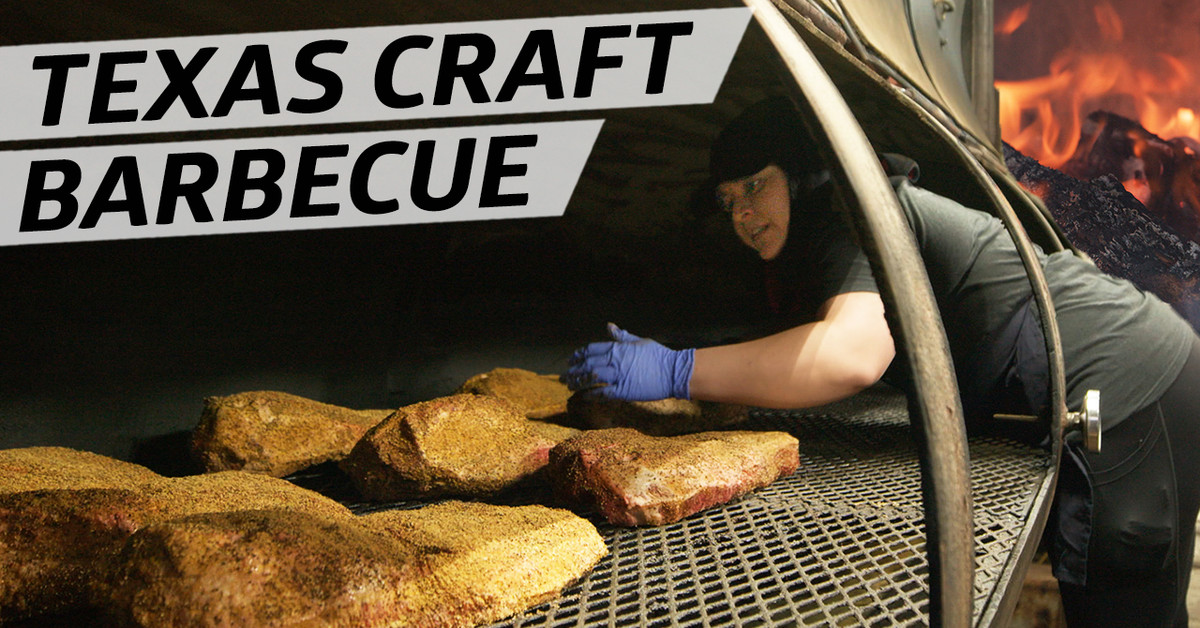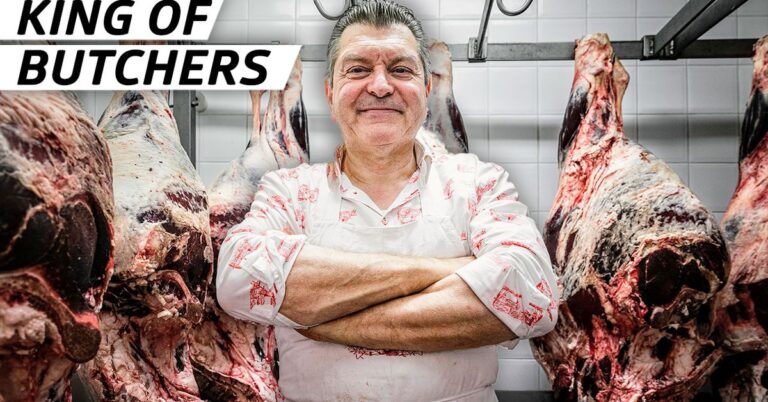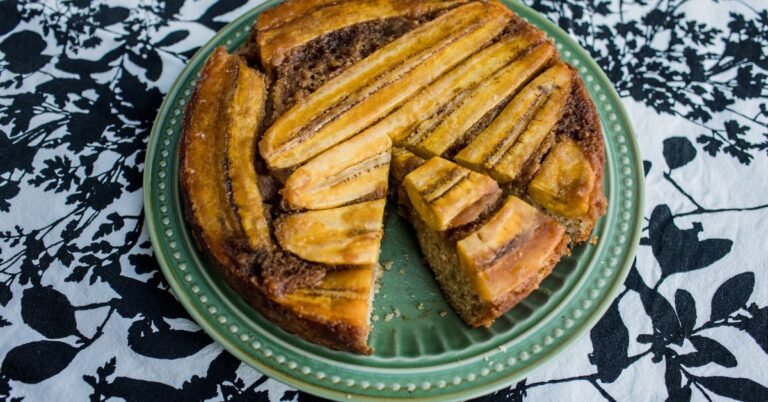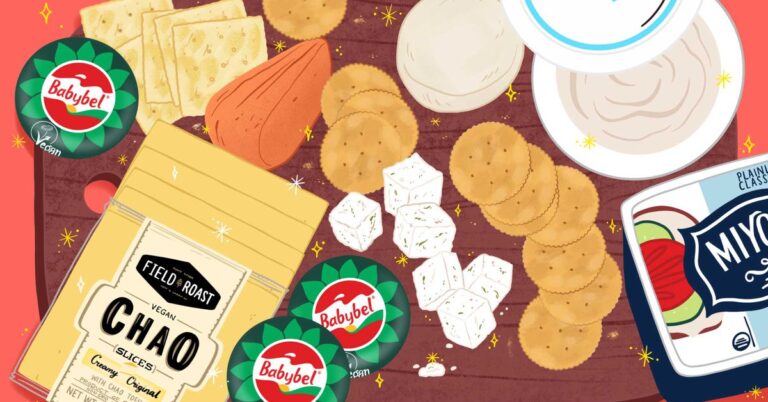How LaVaca BBQ Brings Hispanic Culture to Texas Barbecue
The operation at Texas’s LaVaca BBQ is a family affair. The Nevarez family — founders Lupe and Christine and their daughter Kelli, who acts as pitmaster — infuses Mexican flavors and dishes they grew up with into traditional Texas barbecue. “A lot of our recipes, a lot of our influence, has been our family, our traditions, our culture,” says Kelli. “Having these people come in and enjoy the food, and then having them as regulars, remembering their orders, it feels like you’re just kind of growing your family.”
LaVaca BBQ’s dishes — Big Red pork ribs, beef cheek barbacoa, and steak fajitas on blue corn tortillas — showcase its twist on traditional Texas barbecue. But the one item that best exemplifies the creativity of the LaVaca team is the smoked pulled pork and brisket tamales.
To create the dish, Kelli starts by rubbing the brisket with mustard that will allow the various seasonings she layers to stick to the meat: a salt and pepper based seasoning blend contains “secret ingredients” to bring out the Mexican influence. Then she layers a beef brisket seasoning on top of that. The meat goes into the smoker before she starts the fire, so the brisket gets exposed to all stages of the flame. Kelli then grabs the pork butts and seasons them with the same beef spice that went on the briskets. These cuts go right next to the fire in the smoker so they can get a good crust on them.
After the meats are done smoking, Christine gets the other components ready. She mixes Maseca corn flour, baking powder, talo, a chile powder spice blend, and chicken broth for the tamales. Once that mixture is done, she mixes the smoked brisket and pulled pork, making sure it is all shredded. She adds the chile powder seasoning to the meat, saying that she can eyeball it, knowing what the meat will taste like just based on the color of it.
Once the meat is encased in masa, it is wrapped in butcher paper, rather than the traditional corn husk, so it can be put into the pit itself. The wrapped tamales go right in front of the fire to develop a crust. After a couple hours, she takes one out and opens it to see if the tamale has a golden color, which signifies it’s done.
“The fats are rendered out, and they get soaked into the paper, just like on the brisket,” says Lupe. “You get a rich flavor, and we wanted to do something unique that nobody’s ever done before.”






